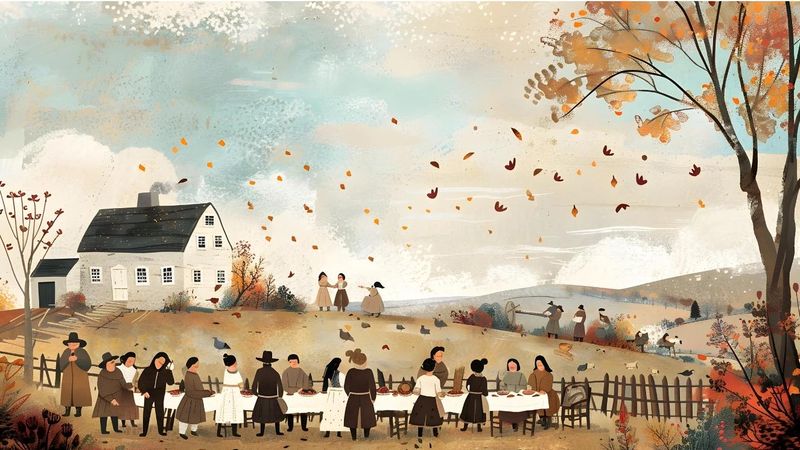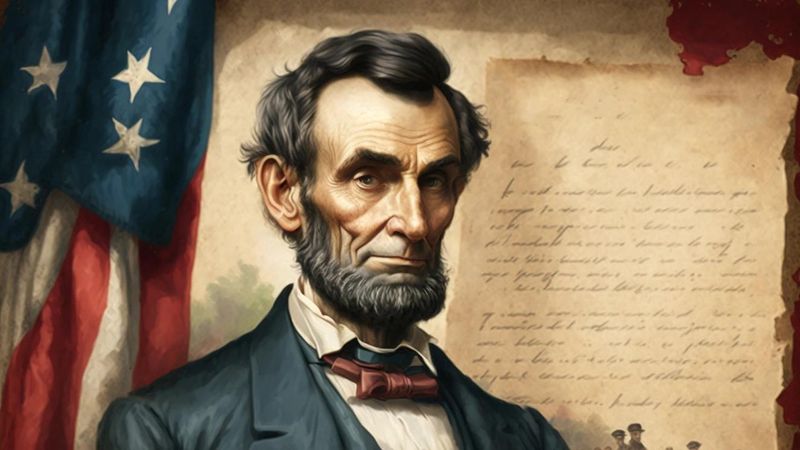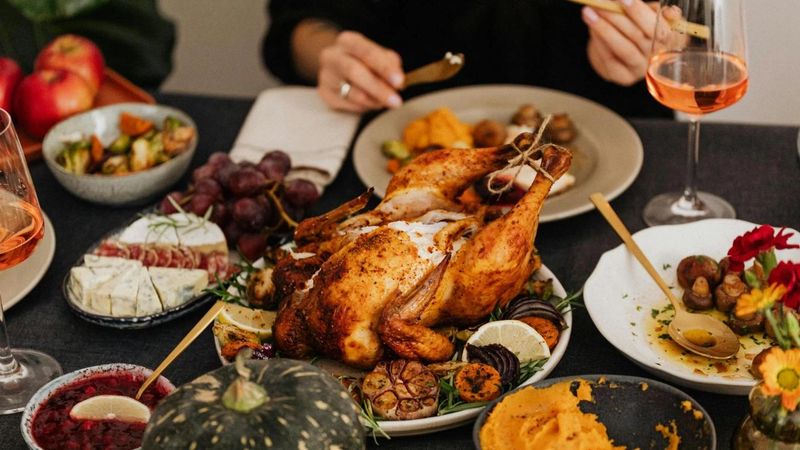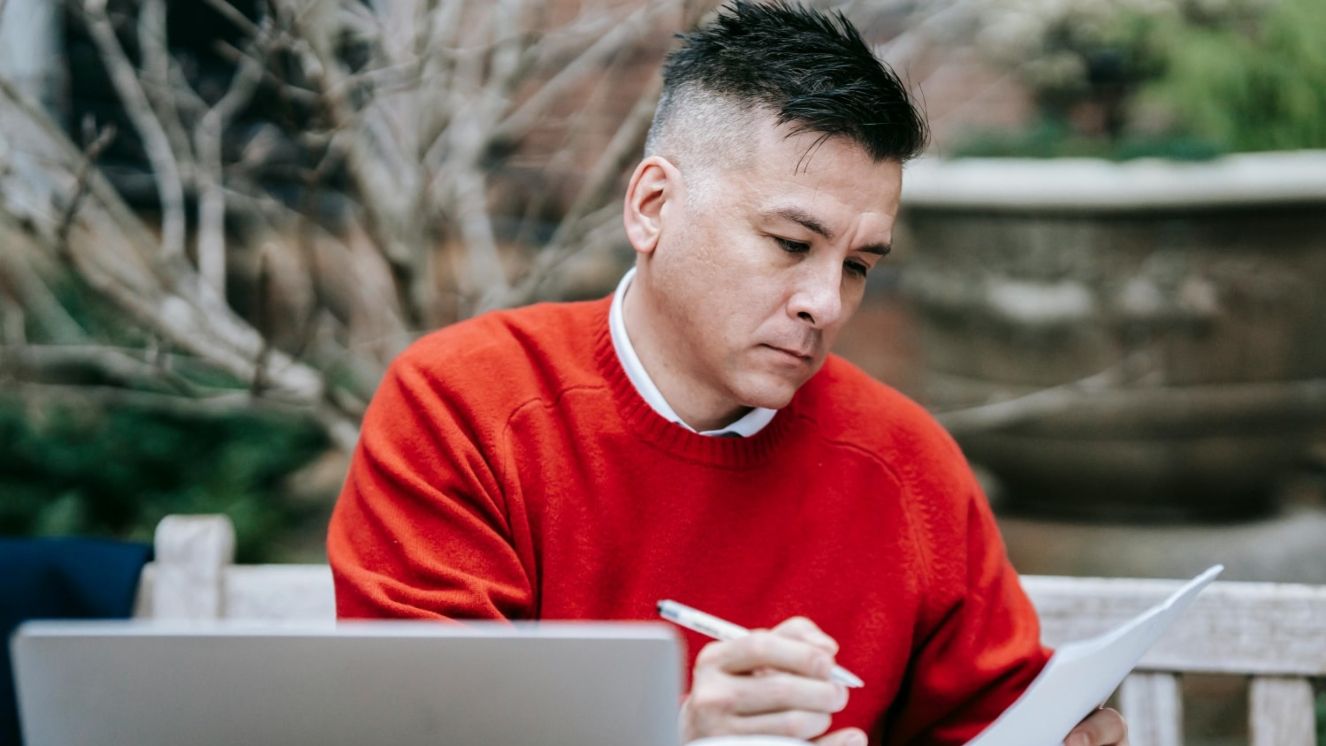THANKSGIVING'S COMPLEX HISTORY: PILGRIMS TO CIVIL WAR

Every year, millions of Americans come together to give thanks to family and friends while eating turkey and watching football. Thanksgiving is a great holiday to relax and enjoy the company of loved ones; however, its origins aren’t as simple as you might think. While the history of Thanksgiving often follows the same themes—Pilgrims and Native Americans breaking bread together, giving thanks—how we celebrate today is a bit more complicated. Get to know the real history of Thanksgiving—the good and the ugly.
Thanksgiving History: Pilgrims' 1621 Feast
First off, the history of Thanksgiving is more than just the first notable celebration between the Pilgrims and Native Americans. In fact, the celebration itself has roots that predate the United States, or its colonies, and can even be found in other cultures.

The First Thanksgiving: Separating Fact and Fiction
In many schools, Thanksgiving history details the typical story of Pilgrims settling in Plymouth because winter was bearing down; however, many historians dispute these claims as they spent six weeks scouting Cape Cod before settling.
It’s likely that not only was their arrival in Massachusetts deliberate, but some believe the Mayflower’s captain was bribed by the Dutch to avoid New Amsterdam, keeping the Pilgrims out of their territory.
Furthermore, Virginia could have been an option but it’s also thought that leaders within the Pilgrims were also looking to avoid that area in favor of the fishing and available land found in Massachusetts.
Diseases introduced by European fishermen devastated Native populations before the Pilgrims arrived, wiping out 90–96% of coastal New England tribes within three years
Survivors of the epidemics spread diseases further as they joined other communities, leading to catastrophic death rates—even among those who hadn’t encountered Europeans.
The Pilgrims weren’t exactly using the greatest hygiene practices, even a Squanto (Tisquantum), a member of the Patuxent within the Wampanoaq tribe, unsuccessfully tried teaching them to bathe.
Simply put, the Pilgrims stunk to the Native Americans, yet English Separatists believed the ongoing plagues were God’s way of allowing them to seize the land.
Why is any of this important for the history of Thanksgiving? Because we often see a narrative showing a peaceful coming together of the Native tribes and Pilgrims but in reality, the English were not great neighbors.
Despite their arrival on Native land, they were welcomed, which is surprising, considering six years before the Mayflower, a slave trader captured Squanto and brought him to Europe. By the time he returned, he would find he was the only survivor left in his village, Patuset.
Despite all of this, Squanto would teach survival skills to the Pilgrims and became an ambassador more-or-less for the Wampanoag who created an alliance against the Narragansett tribe with the European settlers.
Modern Origins
In the midst of settling into new lands, trying to navigate tribal wars and other regional factors, despite rising tensions, the Pilgrims and Wampanoag came together in 1621, to celebrate the harvest as what many recognize as the first Thanksgiving.
However, it really wasn’t the first celebration of its kind. It wasn’t even the first one in North America.
Canada’s first Thanksgiving celebration alone predates the U.S. by over 40 years and many tribes held harvest festivals long before Europeans arrived to celebrate the land's bounty.
In fact, what the Pilgrims celebrated was likely inspired by a celebration from the Dutch city of Leiden. Other nations also celebrate similarly, including Erntedankfest in Germany.
Liberians celebrate on the first Thursday of November with traditions brought over by freed slaves, though you’ll find less chicken and pumpkin pie and more cassavas, spicy roast chicken, and festive music.
These days, Japan also celebrates, Kinro Kansha no Hi, or Labor Thanksgiving Day, which is the modern version of its ancient rice harvest festival Niinamesai, celebrating the work of communities rather than harvests and large meals.
For many Native Americans, the history of Thanksgiving can be a point of pain for a people consisting of many nations that were wronged in many ways.
Rather than celebrating a traditional American Thanksgiving, it’s a time of reflection on heavy topics such as genocide and colonization, while spending time sharing meals with family and friends.

1863 Lincoln Thanksgiving Proclamation
The fact that many Native Americans aren’t exactly keen to celebrate Thanksgiving the way many others are should come as no surprise; however, it goes deeper than just the shifted narrative and events that have taken place over time.
When you look at the modern nationwide celebration of Thanksgiving we know today, genocide is unfortunately a part of its origin but maybe not in the way you think.
President Abraham Lincoln had plenty of problems during the Civil War era, which included the obvious need to reunite our nation, but is complicated further by his harsh treatment towards Native Americans at the time.
On October 3, 1863, the Lincoln Thanksgiving proclamation was made to establish an official American holiday on the last Thursday of each November.
Why did he do this? Let’s dive deeper:
Honest Abe wanted to bring the North and South together during the Civil War, but that wasn’t the only reason.
The Dakota-Sioux people were subject to genocidal practices where federal agents kept them from food and supplies. Over time, the tribal members decided to fight back, leading to the Dakota War of 1862.
As a result, Lincoln would order 38 Dakota men to be hung, damaging the relations between tribes and the federal government in the process.
“(Thanksgiving) was propaganda. It was to try and build this event so that you could have a deeper narrative about community building and coming together in shared brotherhood and unity,” said Dr. Kelli Mosteller, an expert on Native American history.
The Civil War Thanksgiving connection isn’t always put in the spotlight but it’s clear that the actions involving Lincoln during the time combined with our nation’s deadliest conflict played a heavy hand in making the holiday a national event.
With that being said, the connection between Thanksgiving and the Civil War isn’t just the work of President Lincoln and for other, better reasons, was a movement long underway.
Sarah Josepha Hale’s Efforts Pay Off
On September 28, 1863, 74-year-old magazine editor Sarah Josepha Hale urged President Lincoln to establish a national Thanksgiving holiday.
Hale emphasized the growing desire for a unified celebration across all states and called to make Thanksgiving a permanent American tradition.
Previously, states celebrated Thanksgiving on different dates, primarily in New England and the North.
Unlike his predecessors, who ignored her 15 years of advocacy, President Lincoln acted on her request, leading to the first nationally recognized Thanksgiving, following George Washington’s earlier proclamation on October 3, 1789—exactly 74 years before Honest Abe’s response.

Thanksgiving Cultural History from Pilgrims to Civil War
Looking at the history behind Thanksgiving includes looking at the full picture. From the Pilgrims, to the Civil War, to the conflicts involving Natives, and even how these narratives shape current celebrations.
For many Native Americans, Thanksgiving is a day of mourning, commemorating centuries of loss and broken promises, and for non-Natives, while many mean well, the commercialization of the holiday in recent decades has come under scrutiny.
The history of Thanksgiving isn’t pretty and we can’t rewrite the past. However, spending time with family, and friends, and showing love to each other will go a long way toward writing a better future.
Sources:
Citizen Potawatomi Nation. Accessed November 2024.
History. Accessed November 2024.
National Archives. Accessed November 2024.
Suggested reads:
BY BUDDY BLOUIN
Buddy Blouin is a Contributing Writer at VeteranLife.com
Buddy Blouin is a Contributing Writer at VeteranLife.com



